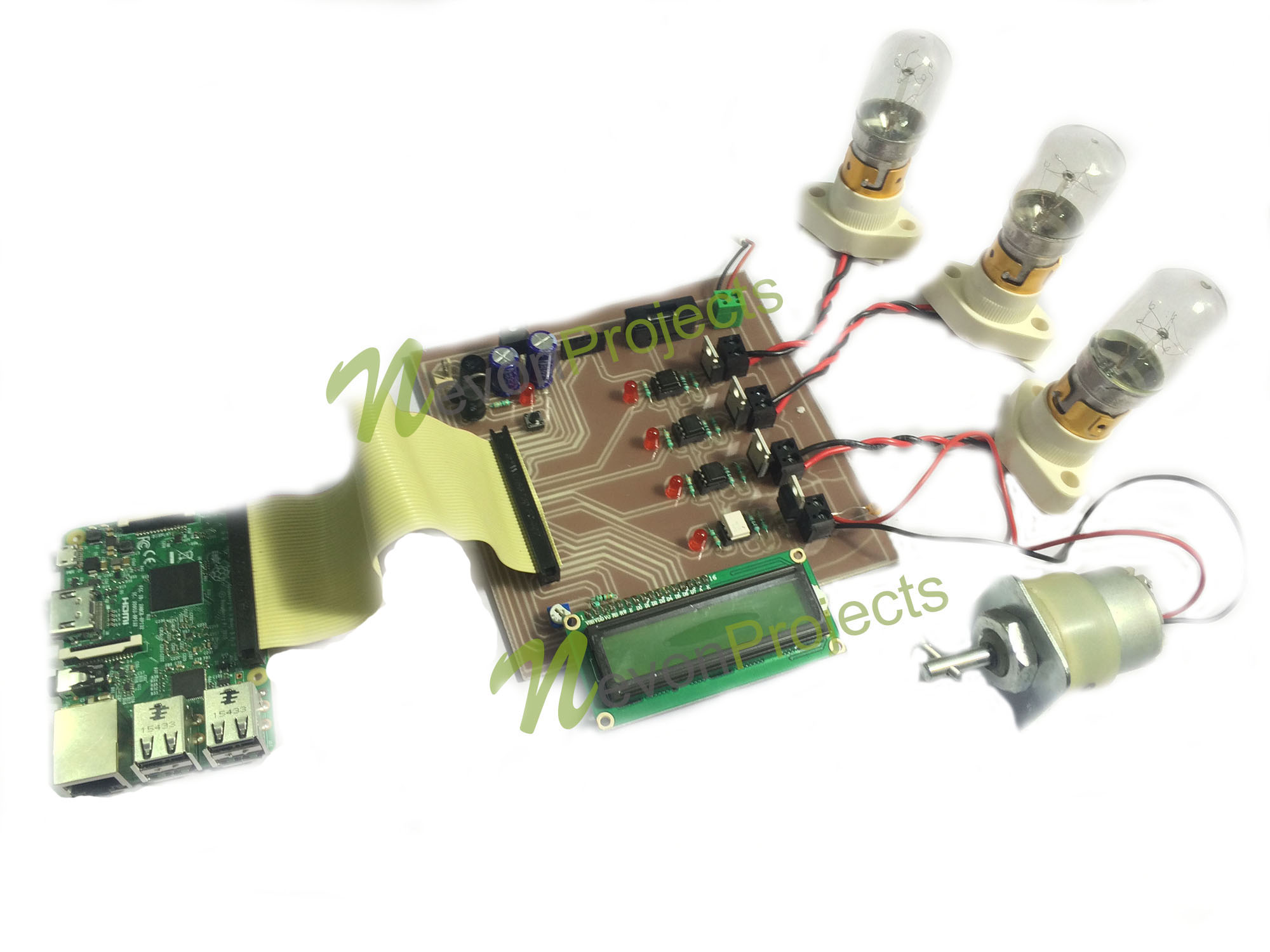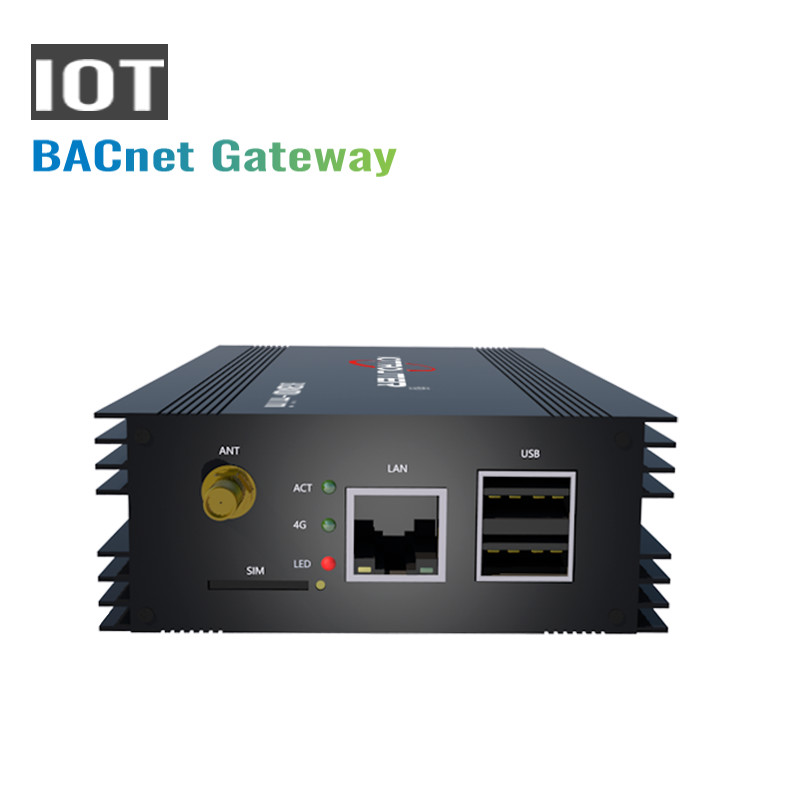Accessing remote IoT devices behind a router using Raspberry Pi on a Mac is a game-changer for tech enthusiasts and professionals alike. Whether you're a hobbyist experimenting with smart home automation or an engineer building scalable IoT solutions, understanding how to configure remote access securely and efficiently is essential. This guide will walk you through the process step-by-step, ensuring you can access your IoT setup from anywhere without incurring costs.
As more devices become interconnected, the need for secure and remote access grows exponentially. With the right tools and knowledge, even beginners can set up a reliable system using a Raspberry Pi and a Mac. This article will explore the technical aspects of remote IoT access while maintaining security and affordability.
By the end of this guide, you'll have a clear understanding of how to configure your Raspberry Pi and Mac for seamless remote access to IoT devices behind a router. We'll cover everything from setting up the necessary software to ensuring your network remains secure. Let's dive in!
Read also:Comprehensive Guide To Isaca Certification Your Key To A Thriving It Career
Table of Contents
- Introduction
- Raspberry Pi Basics
- IoT Overview
- Mac Setup
- Network Configuration
- Remote Access Methods
- Security Considerations
- Troubleshooting
- Frequently Asked Questions
- Conclusion
Introduction
In today's interconnected world, remote access to IoT devices is no longer a luxury but a necessity. Whether you're managing smart home appliances, monitoring industrial sensors, or controlling remote systems, having the ability to access these devices from anywhere is invaluable. This article focuses on how to access remote IoT devices behind a router using Raspberry Pi for free on a Mac.
The process involves setting up your Raspberry Pi as a gateway, configuring your network, and ensuring secure access. By following this guide, you'll be able to control and monitor your IoT devices remotely without incurring additional costs. Let's explore the basics before diving into the technical details.
Raspberry Pi Basics
Understanding Raspberry Pi
Raspberry Pi is a versatile single-board computer designed for hobbyists, educators, and developers. It offers a powerful platform for building IoT projects and enabling remote access. With its compact size and affordability, Raspberry Pi has become a popular choice for DIY enthusiasts and professionals alike.
- Compact and energy-efficient design
- Supports a wide range of operating systems
- Equipped with GPIO pins for hardware interaction
- Perfect for prototyping and deploying IoT solutions
Setting Up Raspberry Pi
Before you can access remote IoT devices, you'll need to set up your Raspberry Pi. Here's a quick guide:
- Install Raspberry Pi OS on a microSD card.
- Connect your Raspberry Pi to a monitor, keyboard, and mouse.
- Power on your Raspberry Pi and complete the initial setup.
- Enable SSH for secure remote access.
IoT Overview
What is IoT?
The Internet of Things (IoT) refers to the network of physical devices embedded with sensors, software, and connectivity, allowing them to exchange data and perform actions. IoT devices can range from simple home automation systems to complex industrial equipment.
Benefits of IoT
IoT offers numerous benefits, including:
Read also:Toyota Of Olympia Your Trusted Partner For Quality Vehicles And Exceptional Service
- Increased efficiency and automation
- Improved data collection and analysis
- Enhanced user experience
- Cost savings through optimized resource usage
Mac Setup
Your Mac plays a crucial role in accessing remote IoT devices. Here's how you can configure your Mac for seamless integration:
Install Required Software
Ensure your Mac has the necessary software installed:
- Install PuTTY or Terminal for SSH connections.
- Download and install VNC Viewer for remote desktop access.
- Set up a secure tunnel using ngrok or similar services.
Configure Network Settings
Proper network configuration is essential for remote access:
- Ensure your Mac is connected to the same network as your Raspberry Pi.
- Find the local IP address of your Raspberry Pi.
- Test the connection using ping or SSH.
Network Configuration
Port Forwarding
Port forwarding allows you to access your Raspberry Pi from outside your local network. Here's how to set it up:
- Log in to your router's admin interface.
- Locate the port forwarding settings.
- Add a new rule to forward a specific port to your Raspberry Pi's IP address.
Dynamic DNS
Dynamic DNS (DDNS) ensures your Raspberry Pi remains accessible even if your IP address changes:
- Sign up for a free DDNS service like No-IP or DuckDNS.
- Configure your router or Raspberry Pi to update the DDNS service automatically.
Remote Access Methods
SSH for Secure Access
Secure Shell (SSH) provides a secure way to access your Raspberry Pi remotely:
- Enable SSH on your Raspberry Pi.
- Use Terminal on your Mac to connect via SSH.
- Enter the IP address and login credentials when prompted.
Web-Based Access
For web-based access, you can set up a lightweight web server on your Raspberry Pi:
- Install Apache or Nginx on your Raspberry Pi.
- Configure the server to host your IoT application.
- Access the server using your Mac's web browser.
Security Considerations
Security should always be a top priority when setting up remote access:
Firewall Configuration
Configure your router's firewall to restrict access to only necessary ports:
- Allow incoming connections on the SSH port (default: 22).
- Block all other unnecessary ports.
Strong Passwords and Authentication
Use strong passwords and consider enabling two-factor authentication:
- Create complex passwords for your Raspberry Pi and router.
- Enable two-factor authentication if supported by your router or DDNS service.
Troubleshooting
If you encounter issues while setting up remote access, here are some common solutions:
Connection Issues
If you can't connect to your Raspberry Pi:
- Verify the IP address and port settings.
- Check your router's firewall and port forwarding rules.
- Ensure SSH is enabled on your Raspberry Pi.
Performance Issues
If performance is slow:
- Optimize your Raspberry Pi's configuration for better performance.
- Reduce the number of open connections.
- Upgrade your network hardware if necessary.
Frequently Asked Questions
Can I access my IoT devices without paying for a service?
Yes, by using free tools like ngrok or DuckDNS, you can achieve remote access without incurring costs.
Is it safe to expose my Raspberry Pi to the internet?
With proper security measures, such as strong passwords and firewalls, exposing your Raspberry Pi to the internet can be safe.
What are some alternatives to Raspberry Pi for IoT projects?
Alternatives include Arduino, ESP32, and BeagleBone. Each has its own strengths and weaknesses depending on your project requirements.
Conclusion
Accessing remote IoT devices behind a router using Raspberry Pi for free on a Mac is a powerful capability that opens up endless possibilities. By following the steps outlined in this guide, you can set up a secure and efficient system for managing your IoT devices from anywhere in the world. Remember to prioritize security and regularly update your software to protect against potential threats.
We encourage you to share your experiences and ask questions in the comments section below. Additionally, feel free to explore other articles on our site for more insights into IoT, Raspberry Pi, and Mac-related topics. Happy tinkering!


